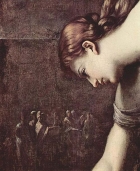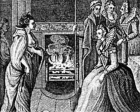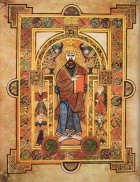Classroom Resources
These resources can take many forms but will be aimed at helping younger children explore historical concepts through their senses and developing their language and communication. For example, artefacts, visual images of various kinds, stories and people themselves all help younger children to explore ideas and work out problems for themselves and with support from informed adults.
Sort by:
Date (Newest first) | Title A-Z
Show:
All |
Articles |
Podcasts |
Multipage Articles
-

Story, myth and legend: The Story of Atalanta
ArticleClick to view -

Sutton Hoo - Classroom archaeology in the digital age
ArticleClick to view -

Teaching Resources from the Ephemera Society
ArticleClick to view -

Teaching about ‘these islands’ since 1066
ArticleClick to view -

Teaching and learning about Grace O'Malley as a significant woman at Key Stage 1
ArticleClick to view -

The Coronation of King Charles III
ArticleClick to view -

The Great Fire of London and the National Curriculum
ArticleClick to view -

The Interactive Whiteboard or Smart Board
ArticleClick to view -

The digital revolution
ArticleClick to view -

Time for a story
ArticleClick to view -

Using 'Development Matters' in the Foundation stage
ArticleClick to view -

Using apps in the history curriculum
ArticleClick to view -

Using artefacts to develop young children’s understanding of the past
ArticleClick to view -

Using original sources
ArticleClick to view -

Using shoes as an historical source
ArticleClick to view -

Using the back cover image: Mummified cat
ArticleClick to view -

Using the back cover image: painted wooden police truncheon
ArticleClick to view -

War memorials as a local history resource
ArticleClick to view -

What your local Archive Service can offer to schools
ArticleClick to view -

Why stories?
ArticleClick to view

